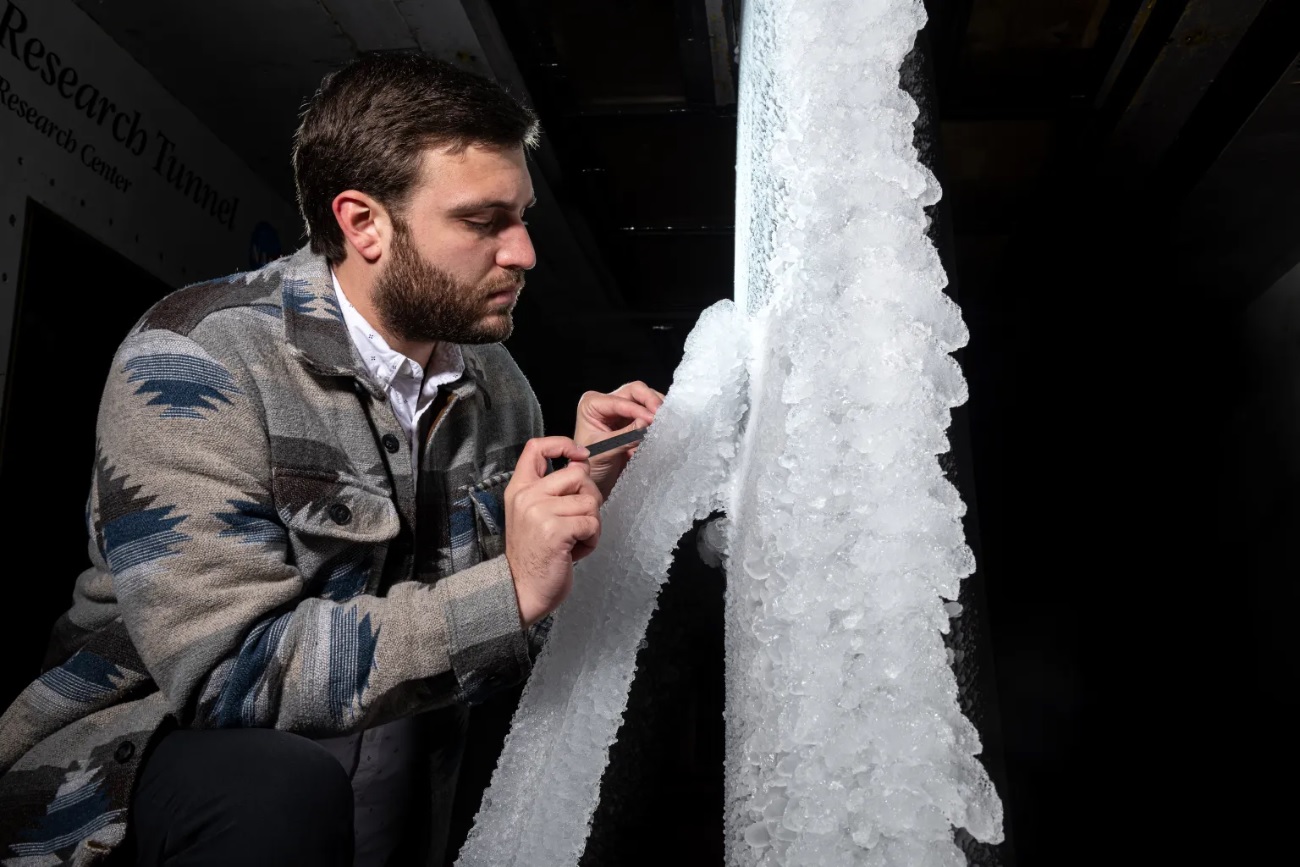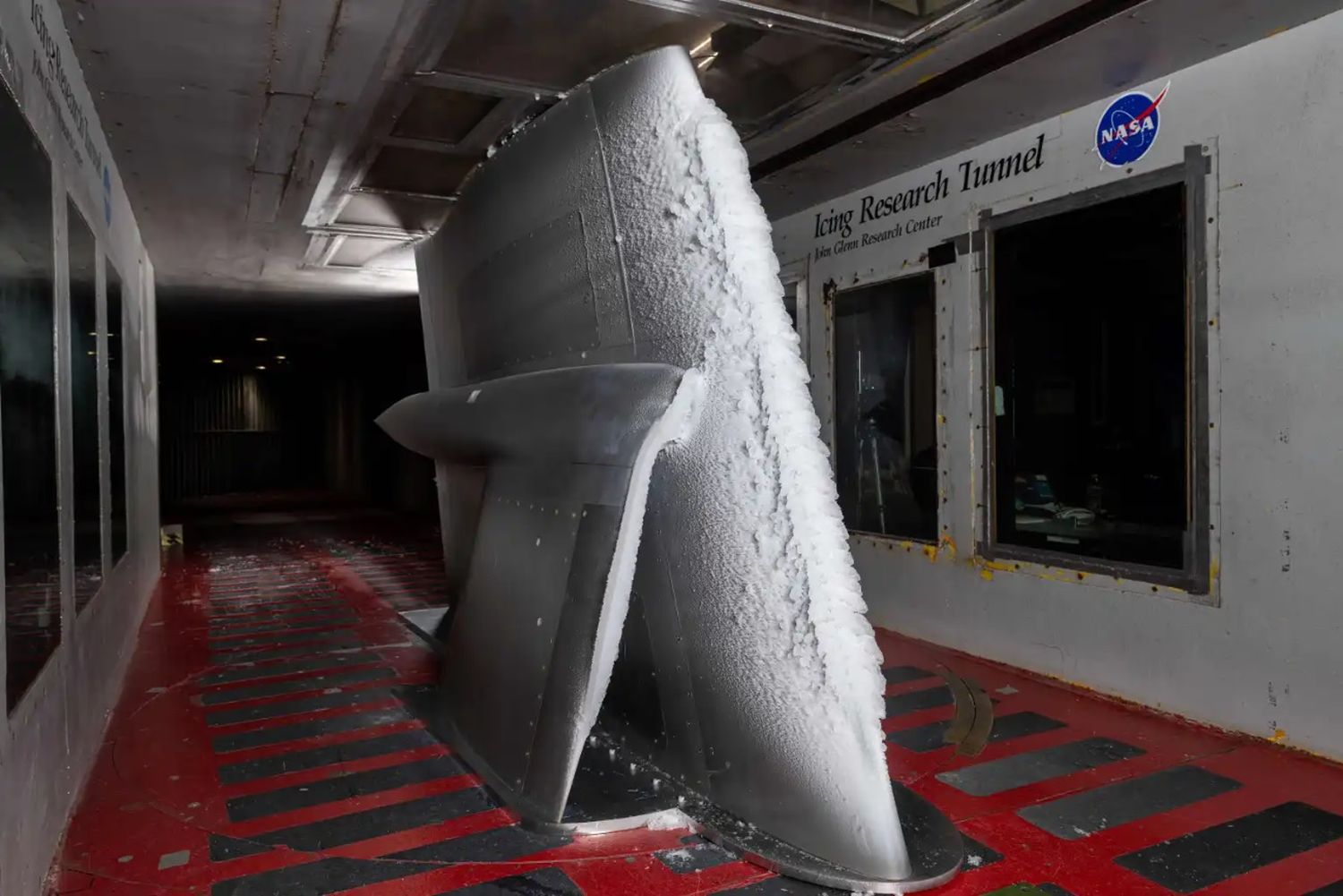In the future, aircraft with long, slender wings supported by aerodynamic braces could help airlines save on fuel costs. However, these wings might be susceptible to ice formation. Therefore, NASA researchers are currently working to determine if this issue exists and how it could be addressed.
At the historic Icing Research Tunnel at NASA's Glenn Research Center in Cleveland, scientists and engineers are testing a concept for a transonic wing with a truss-braced structure (TTBW – Transonic Truss-Braced Wings). Their goal is to collect important data to inform the design of these efficient aircraft for the future.
A transonic wing with a truss-braced structure generates less drag during flight compared to current aircraft wings, which means the aircraft requires less fuel. However, this revolutionary design could make the wing more prone to ice formation, so it must undergo a series of rigorous tests to ensure its safety and performance, according to our partner outlet, AEROIN.
The data the research team has collected so far suggests that large sections of the leading edge of the wing will need an ice protection system, similar to those found on some commercial aircraft.
NASA Glenn can simulate icing conditions in its Icing Research Tunnel to identify potential challenges for the new aircraft designs.
These tests provide key information on how ice accumulates on the wings and can help identify the most critical icing conditions for safety. All commercial aircraft must be approved by the Federal Aviation Administration (FAA) to operate in all types of weather.

This research is part of NASA’s efforts to mature the technology of transonic truss-braced wings, examining factors such as safety and how future aircraft may be integrated into the U.S. aviation infrastructure. Boeing is also working with NASA to build, test, and fly the X-66, a full-scale demonstrator aircraft with transonic truss-braced wings.

Since the experimental aircraft will not be flown in icing conditions, the tests in the Icing Research Tunnel are providing answers to questions about ice formation.


Comentarios
Para comentar, debés estar registrado
Por favor, iniciá sesión